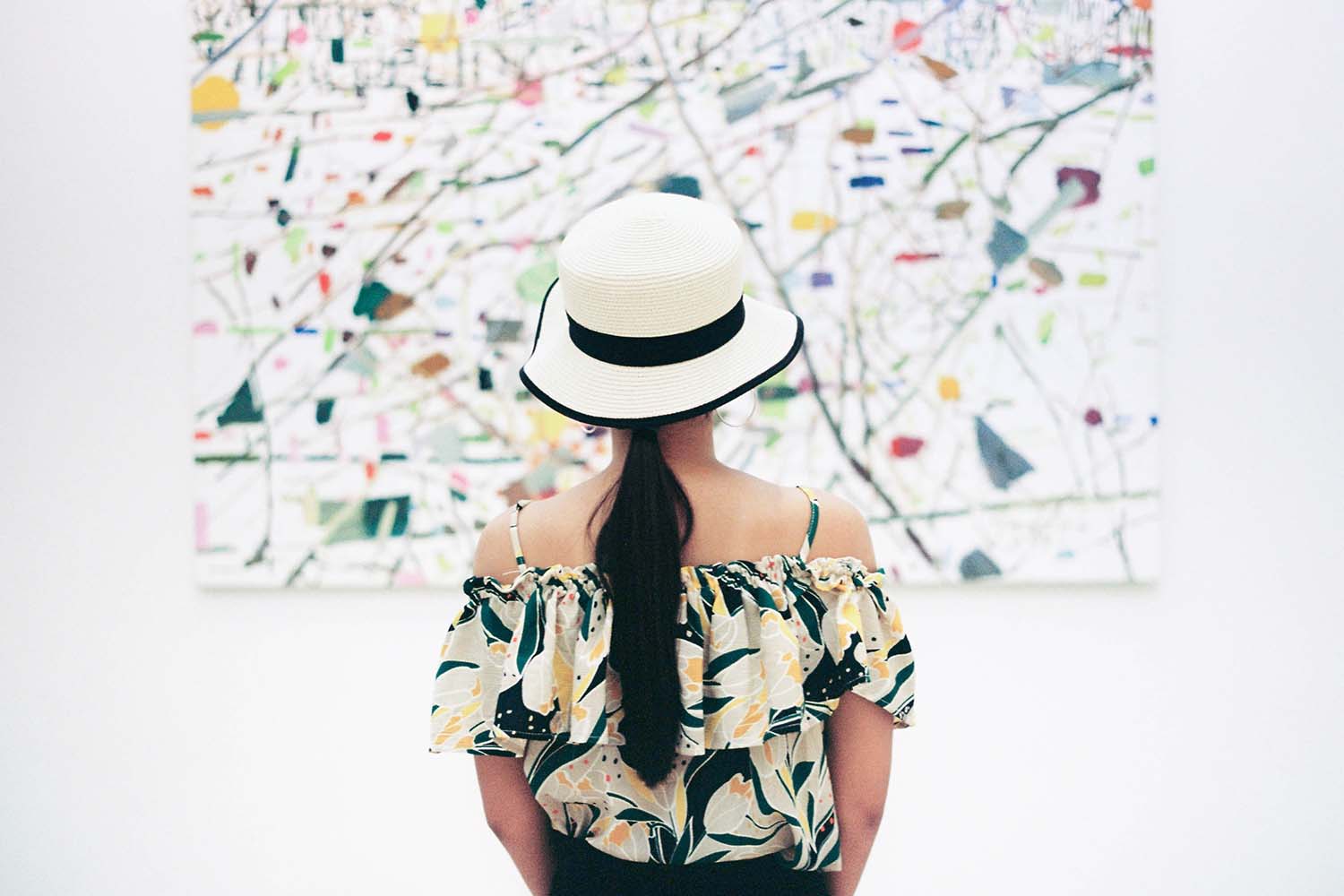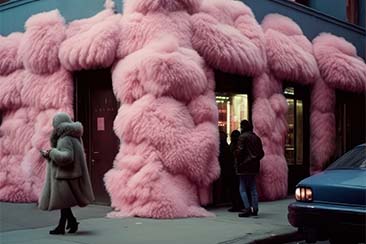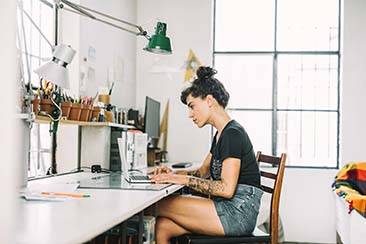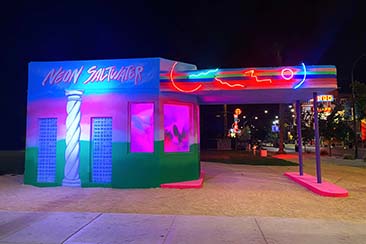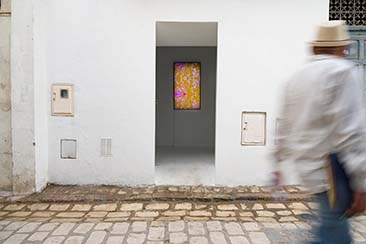Being an artist is a hobby for some. They love the calmness and peace that creating art can offer. For others, however, creating art is as much about business as it is following an enjoyable pursuit. One of the problems when it comes to selling art is that you need to show the buyer that this piece of art has value. Learning how to get a certificate of authenticity for art will go a long way to convincing any prospective buyer of its worth.
An expert in the field, 9Mousai founder, Richard Hammond, offers some advice. “A certificate of authenticity is essential when buying and selling art to prove legitimacy,” he reveals. “The certificate must be signed by the artists or a representative or it isn’t worth the paper it’s printed on, and there are fakes around, so beware.”
So, it’s clear to see, like an artist resume, it’s an important necessity. However, how do you go about acquiring one? Here are some of the main points you need to know when seeking a certificate of authenticity. Also how you can streamline the process to save you time.
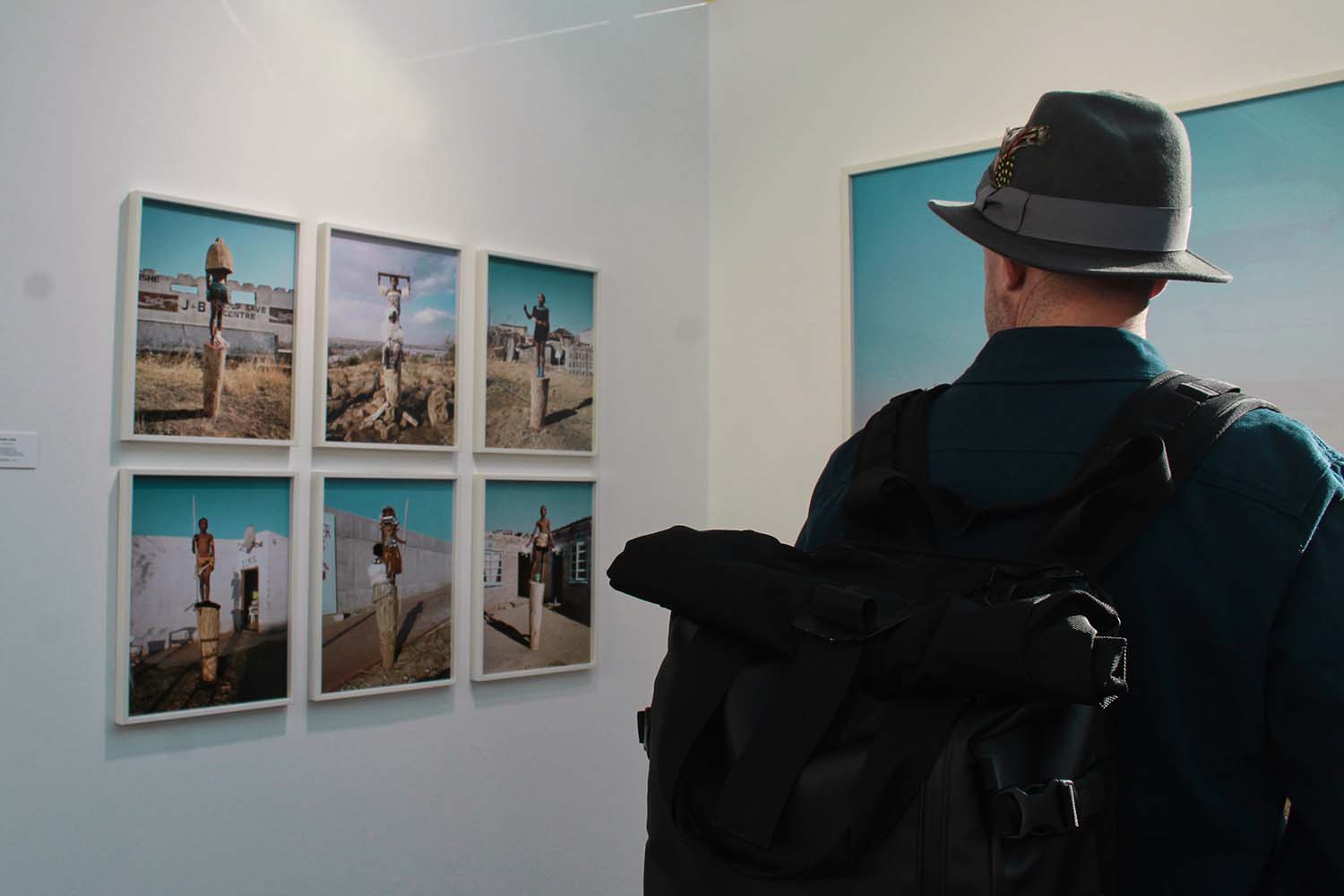
Photo by Dxiane.
What is a Certificate of Authenticity for Art?
When you think of a brand, you think of a product that has the quality and a certain standard that you expect from that brand. The same thing can be said when it comes to a certificate of authenticity, or COA.
For the most part, a COA is important the higher the profile of the artist. But it can also help anyone who wants to prove that the piece is genuine. Also that you are the one who created it. A COA also allows you to gain a higher price for the work than you would command if you didn’t have one. For a detailed explanation, read this guide over at ArtTrust.
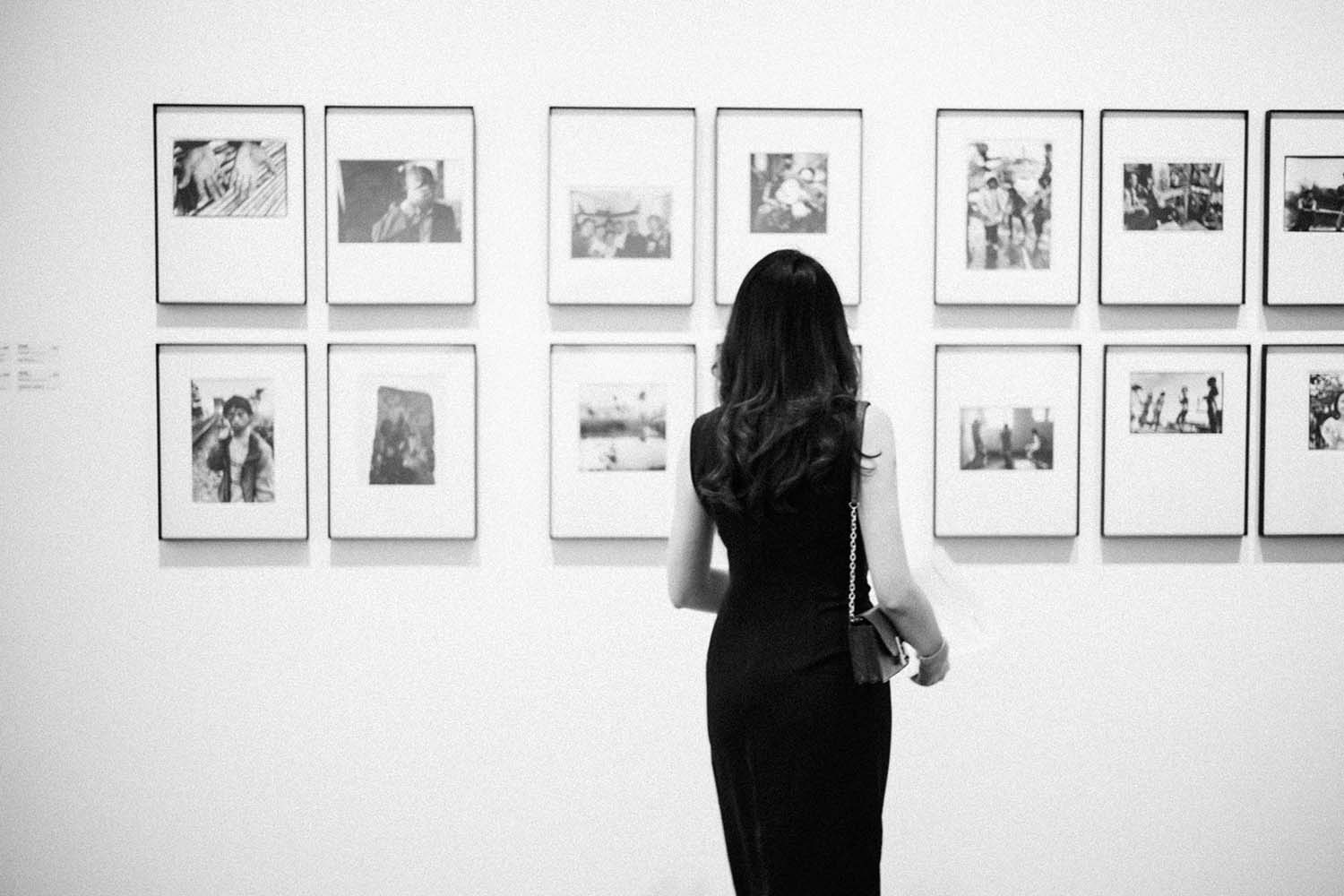
Photo, Kenny Luo.
Do You Need a Certificate of Authenticity?
Many small artists who haven’t developed a reputation yet may not think that obtaining a COA is worth their time and effort. While it may seem like a waste of time now, it is important to remember that it may become vital in the future. So why not be prepared?
If your career starts to take off and your work becomes highly sought-after, then you need to be able to prove that any art you have created in the past belongs to you. This will protect you from others who may try to pass off your art as their own. It also helps people who have bought your artwork in the past claim its rightful value.
If someone has commissioned something from an artist directly, then an invoice for the art can also be used for authenticity. However, a COA is still highly regarded by many in the art world. For artwork that is to be shown in a gallery, the COA is even more so important. The certificate should accompany the art when it goes to the gallery so that, if the piece is sold, the COA can accompany it.
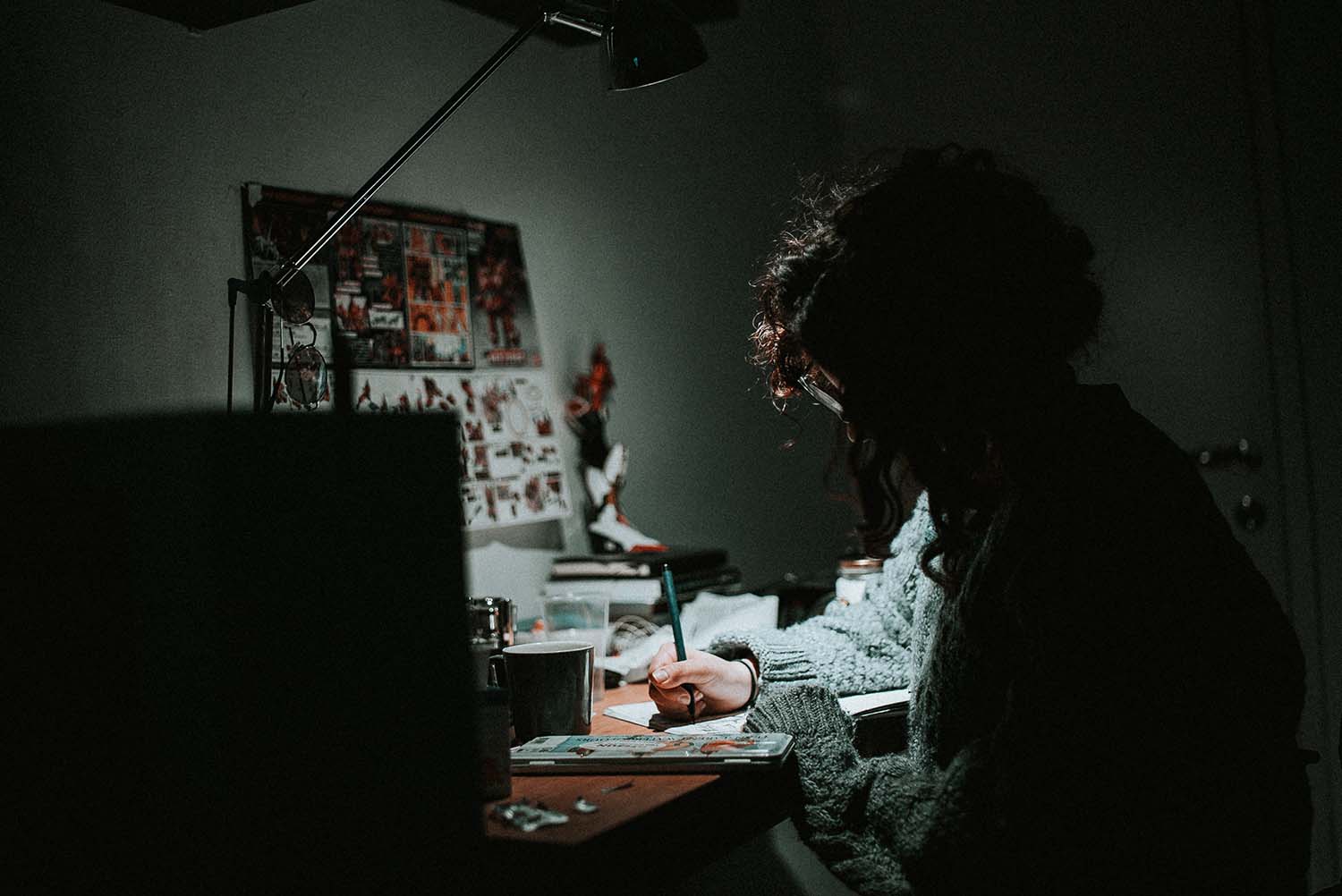
Photo, Daniel Chekalov.
Obtaining a Certificate of Authenticity
Creating a COA is a lot easier than you might think. In fact, it is something one can easily do themselves. However, there are certain criteria that should be included on the certificate to make it valid. Templates can be found that can be used. And the great thing about these is that all of the required information is on the form. All that is needed is for the details to be filled in.
The criteria needed for the COA are as follows:
— Artist Name
— Title of Work
— Year of Completion
— Dimensions of the artwork
— Medium: To help with the identification process and for future conservation work. It is important that a lot of detail is included. For example, if the artwork is a print, then the ink type, paint type, printing device or process should be noted.
— Photo of the Artwork: A photo can help with identification if the COA gets separated from the work of art.
— Statement of Authenticity: Written by the artist stating that the piece of art is authentic. It should also include any copyright information.
— Additional Information: This section is useful for adding any additional information regarding care for the piece.
Additional sections can be included on the COA, which can provide valuable information. It can be worth considering adding these other sections:
— Location of Completion
— Original or Print: Limited edition prints need to include the number of the print the COA refers to. And the total number created. If the print is not limited and can be reproduced, then this also needs to be included.
— Contact Information: With a lot of art being sold online in recent years, the is a great need for contact information as well as an online portfolio.
— Rubber Stamp: This can be beneficial if there is a brand type stamp that will increase the authenticity and aid identification. If you need help covering the cost of that expense, you can always contact LoanMart.
Although templates are a useful way to create COAs, they can be created from scratch as long as all the important information is included. Add the generic information such as name and location to the copy. This way you don’t need to complete it every time. This can dramatically speed up the process. Especially if you are doing a number of prints of the same work of art.
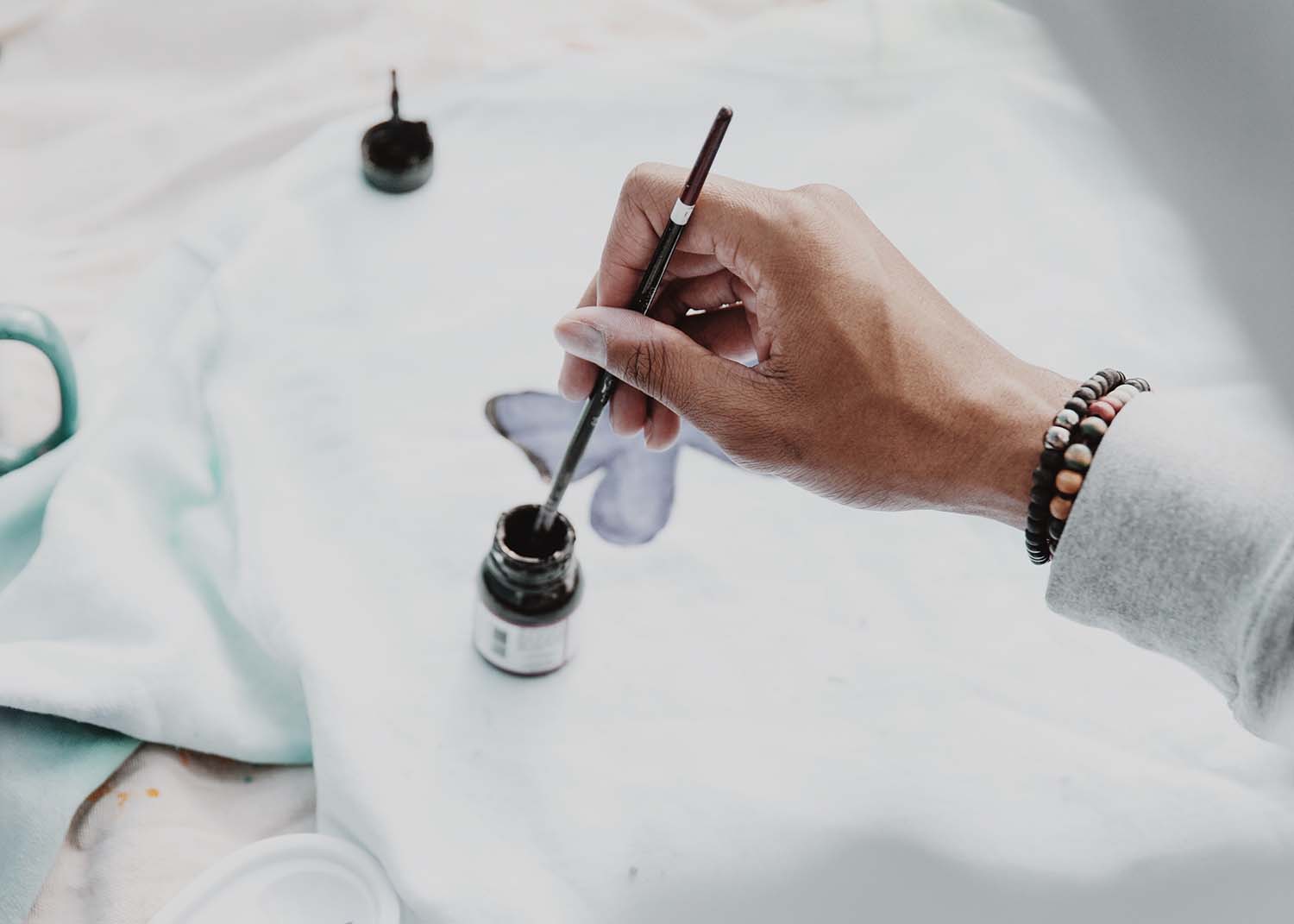
Photo, Logan Weaver.
Additional Tips
As well as the COA itself, there are some other ways that you can help not only identify your artwork but also improve authenticity.
— Adding Stickers: Some artists will add a sticker to the piece of art with all of the main detail from the COA. This allows the piece to be identified if the COA is not available. However, it should not be used as the sole COA for the work of art.
— Make the COA look Official: When creating the COA, it is important that it looks as authentic as the information it contains. Try to use a thick paper and choose a template that matches the overall aesthetic of the piece.
— If an artist has an agent or art dealer, then they can complete the COA on behalf of the artist. However, the name and position of the person creating the COA need to be included.
It may seem that this process is long and complicated. However, the main pieces of information needed are things that most artists will know already. With the help of a template, it should be no problem at all completing a certificate of authenticity for any piece of art.
